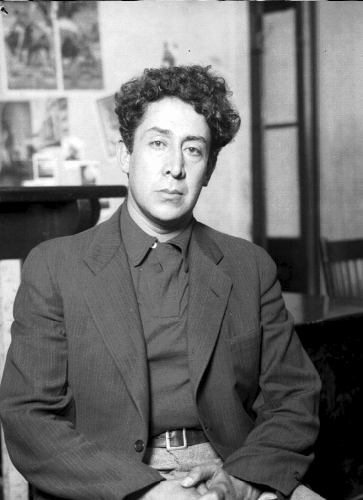Life of Mexican painter David Alfaro Siqueiros
Like Diego Rivera and José Clemente Orozco, David Alfaro Siqueiros is one of the fathers of the Mexican muralist school. His work, often explosive and full of passion, is presided by the will to create an experimental and innovative mural painting.





